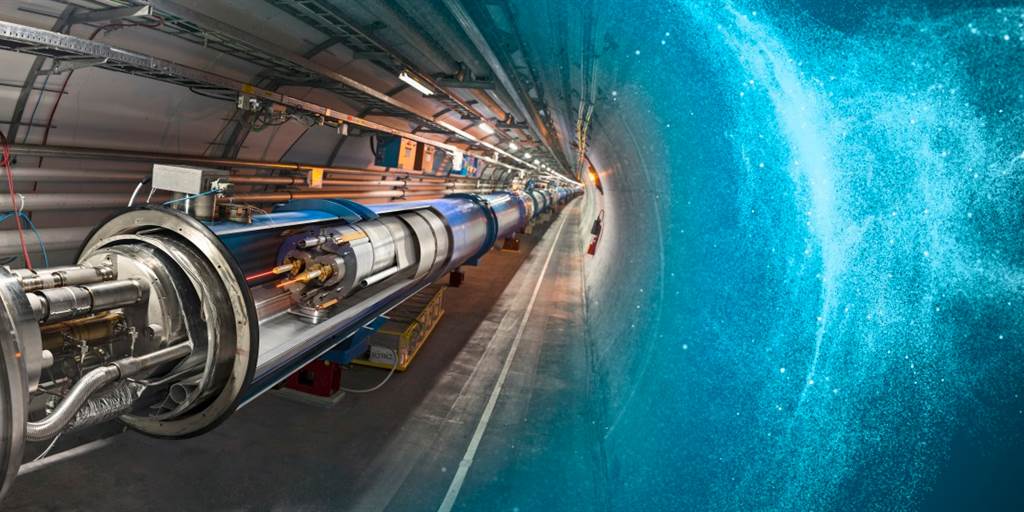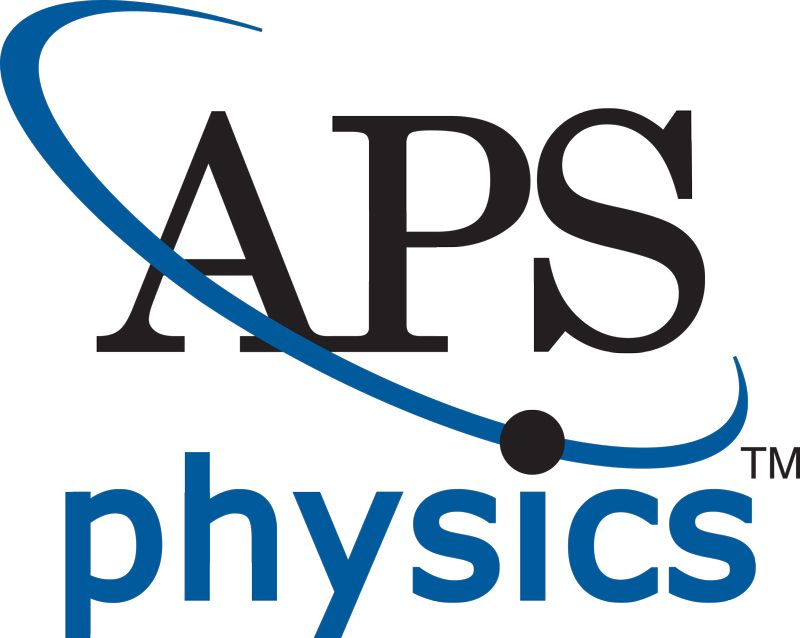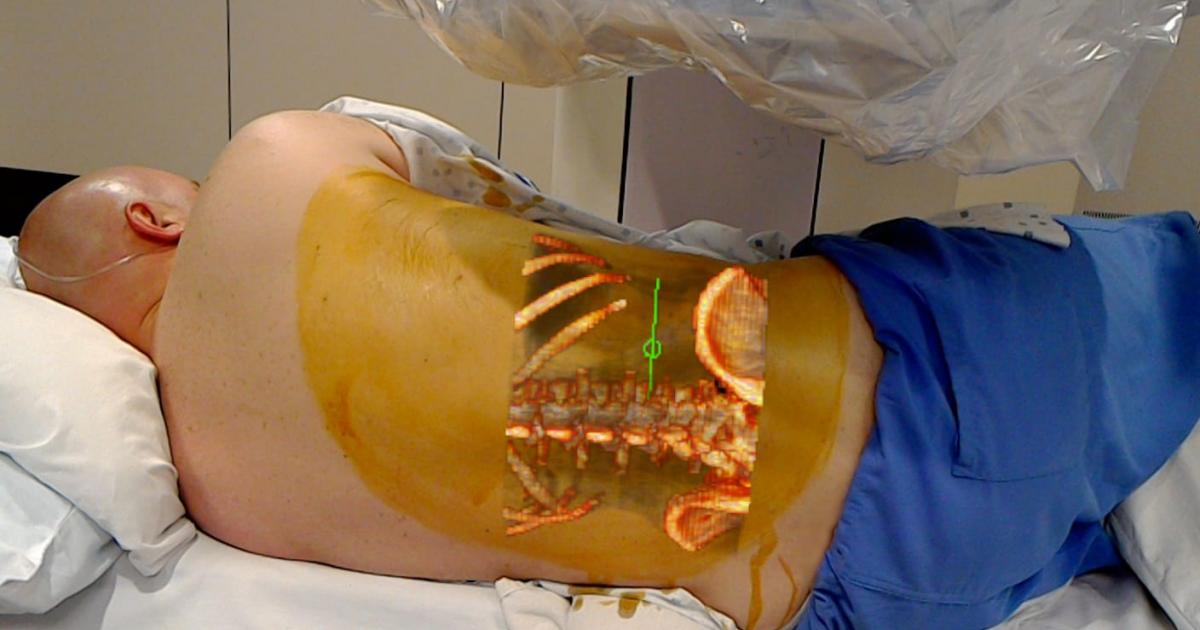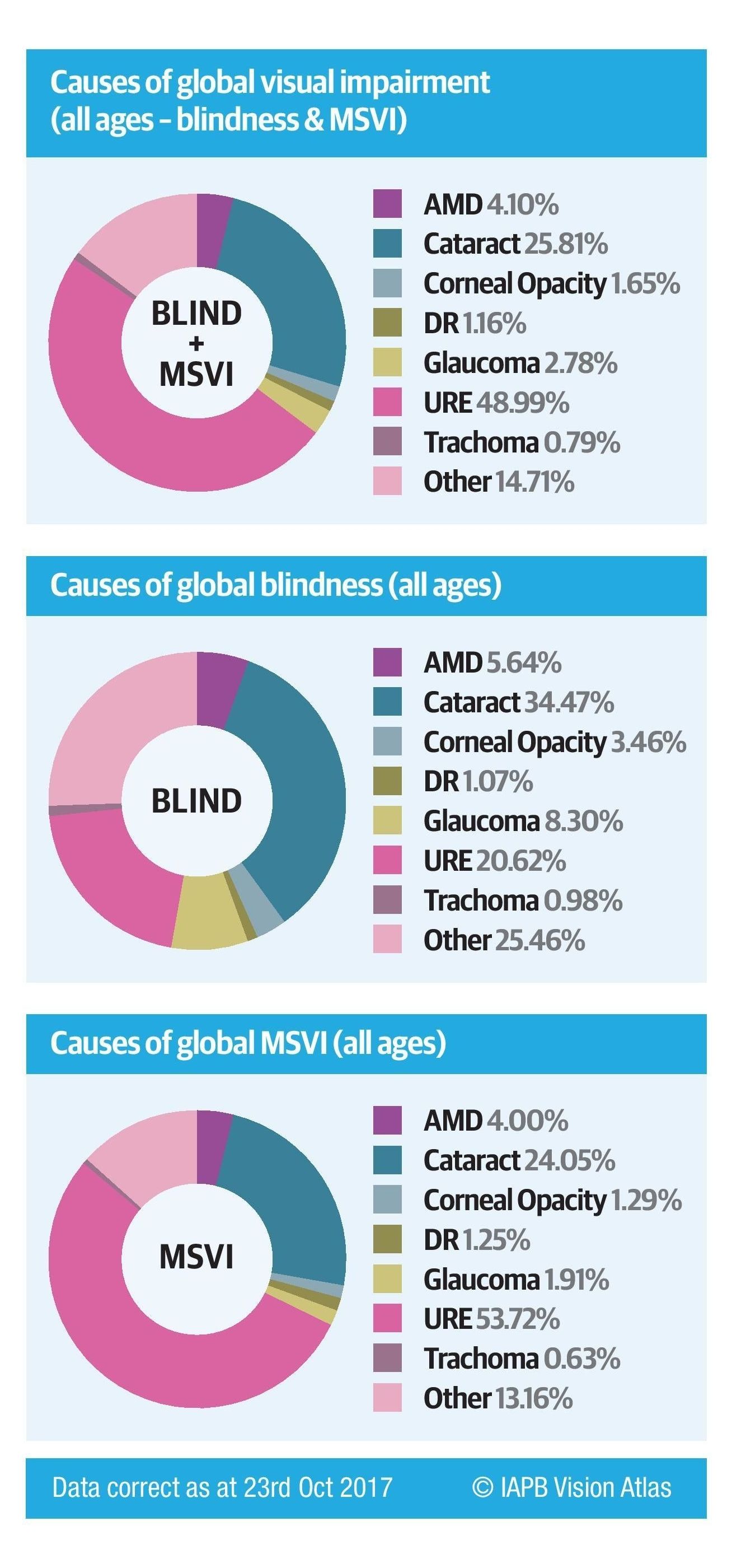Page 9127
Oct 29, 2018
Sir Martin Rees says a physics experiment could swallow up the entire universe
Posted by Genevieve Klien in category: particle physics
Just how real is the risk?
Some physicists worried that particle accelerator experiments could unleash bits of “strange matter” that destroy the Earth, or even the entire universe. Daniel Dominguez, Maximilien Brice / CERN.
Oct 29, 2018
Studies raise questions over how epigenetic information is inherited
Posted by Xavier Rosseel in categories: biotech/medical, genetics, health
Evidence has been building in recent years that our diet, our habits or traumatic experiences can have consequences for the health of our children — and even our grandchildren. The explanation that has gained most currency for how this occurs is so-called ‘epigenetic inheritance’ — patterns of chemical ‘marks’ on or around our DNA that are hypothesised to be passed down the generations. But new research from the University of Cambridge suggests that this mechanism of non-genetic inheritance is likely to be very rare.
A second study, also from Cambridge, suggests, however, that one way that environmental effects are passed on may in fact be through molecules produced from the DNA known as RNA that are found in a father’s sperm.
The mechanism by which we inherit innate characteristics from our parents is well understood: we inherit half of our genes from our mother and half from our father. However, the mechanism whereby a ‘memory’ of the parent’s environment and behaviour might be passed down through the generations is not understood.
Oct 29, 2018
Viewpoint: Counting the Quanta of Sound
Posted by Genevieve Klien in category: quantum physics
Two teams demonstrate that they can count the number of quantized vibrations, or phonons, in cold mechanical oscillators by measuring the energy in the vibrations.
At the origin of every musical note is a mechanical oscillator that resonates at a specific frequency. But what the ear cannot distinguish is that the energy of these vibrations is discretized into an integer number of quanta of motion, or phonons. Most vibrating objects contain an uncountable number of phonons, but researchers have, for some time now, been able to prepare massive mechanical oscillators in their quantum ground state, where the average phonon number is smaller than one. This hard-won accomplishment not only involved getting rid of all thermal excitations in the oscillator through intense cooling, but it also required inventing a system of motion detection with a sensitivity at the quantum level [1]. An emerging technique consists of coupling the oscillator motion to another quantum object: a superconducting qubit, which can serve a role in the detection as well as the manipulation of states of motion [2–4].
Oct 29, 2018
Guess What? Everyone Was Wrong About Tesla
Posted by Nicholi Avery in category: transportation
This quarter, Tesla has not only made tons of money, boosting its share price and giving the NASDAQ its best day in months, but has also fulfilled its production and distribution objectives. This is not about manufacturing cars anymore: is about changing the world.
Oct 29, 2018
FDA approves first Microsoft HoloLens augmented reality system for surgical use
Posted by Nancie Hunter in categories: augmented reality, biotech/medical
The FDA has recently given 510(k) clearance to the OpenSight Augmented Reality System, the first augmented reality (AR) medical solution for Microsoft HoloLens cleared for use in pre-operative surgical planning.
The technology projects 2D, 3D and 4D images of patients interactively by overlaying them onto the patient’s body, according to a Novarad press release published Oct. 24.
OpenSight specifically utilizes the Microsoft HoloLens headset that allows simultaneous visualization of the 3D patient images in AR and the actual patient and their real-world surroundings. The technique may decrease operative times and improve surgical planning and the understanding of anatomic relationships.
Continue reading “FDA approves first Microsoft HoloLens augmented reality system for surgical use” »
Oct 29, 2018
First Emitrati-made satellite launched into space
Posted by Genevieve Klien in categories: satellites, sustainability
KhalifaSat, the first-ever Emirati-manufactured satellite successfully launched into space from Japan’s Tanegashima Space Centre on October 29.
As well as KhalifaSat, the H-2A rocket also launched carrying Japan’s environment satellite, GoSat-2.
KhalifaSat is an Earth observation satellite set to monitor environmental changes, such as the effects of global warming in the North and South Poles.
Continue reading “First Emitrati-made satellite launched into space” »
Oct 29, 2018
Bitcoin trading uses so much power that it could push global temperatures up past a threshold that yields deadly consequences
Posted by Genevieve Klien in category: bitcoin
The bitcoin industry could push global temperatures past a 2 degree Celsius rise in less than two decades.
Oct 29, 2018
This is the surprising link between cataract surgery and your brain health
Posted by Genevieve Klien in categories: biotech/medical, health, neuroscience
A study found that cognitive decline decreased by half in adults who wore hearing aids or had cataract surgery.
Oct 29, 2018
Scientists Extract DNA From Seabiscuit’s Hooves To Figure Out How He Was So Fast
Posted by Genevieve Klien in categories: biotech/medical, genetics
Eighty years ago, the horse famously trounced Triple Crown winner War Admiral. Did genetics make him an unlikely success?


















